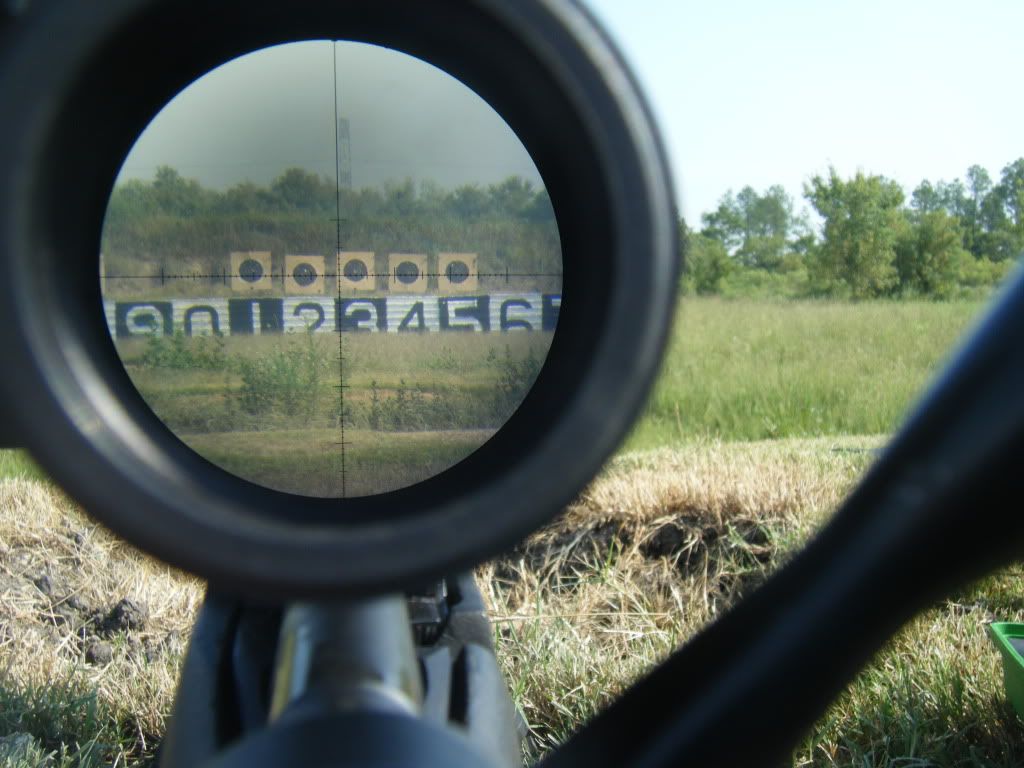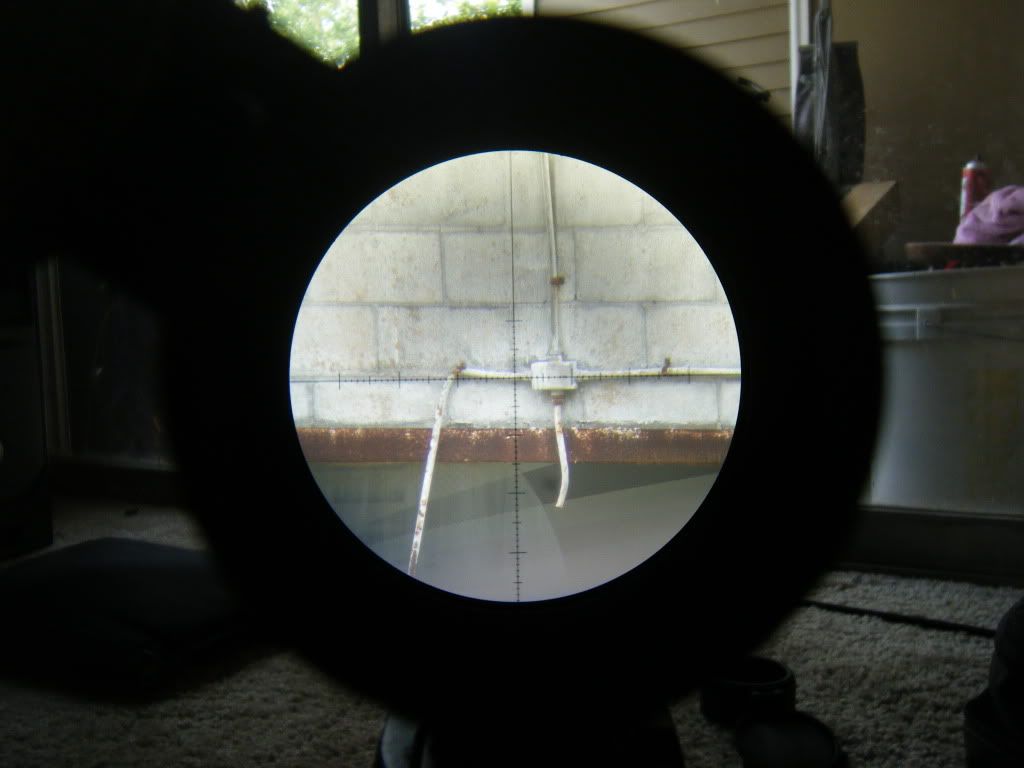I realize this will seem off topic, but I put it in the F-Class forum because this is the discipline I'm interested in participating in.
Also, forgive me if I make any technical mistakes in asking this question, but what types of shooting/shooters tend to prefer first and second focal planes for scopes.
I understand the difference in the two. Is the first focal plane style primarily for tactical style competition? Is it primarily for use when using the scope as a range-finding tool?
And now the F-Class connection: Should I consider a first focal plane model if I am shopping for a scope for an F-Class rifle? What if I want to assemble a combo rifle for 600 yards and less F-Class and long-range varmint hunting?
Thanks for the advice ahead of time.
I realize this is
Also, forgive me if I make any technical mistakes in asking this question, but what types of shooting/shooters tend to prefer first and second focal planes for scopes.
I understand the difference in the two. Is the first focal plane style primarily for tactical style competition? Is it primarily for use when using the scope as a range-finding tool?
And now the F-Class connection: Should I consider a first focal plane model if I am shopping for a scope for an F-Class rifle? What if I want to assemble a combo rifle for 600 yards and less F-Class and long-range varmint hunting?
Thanks for the advice ahead of time.
I realize this is






